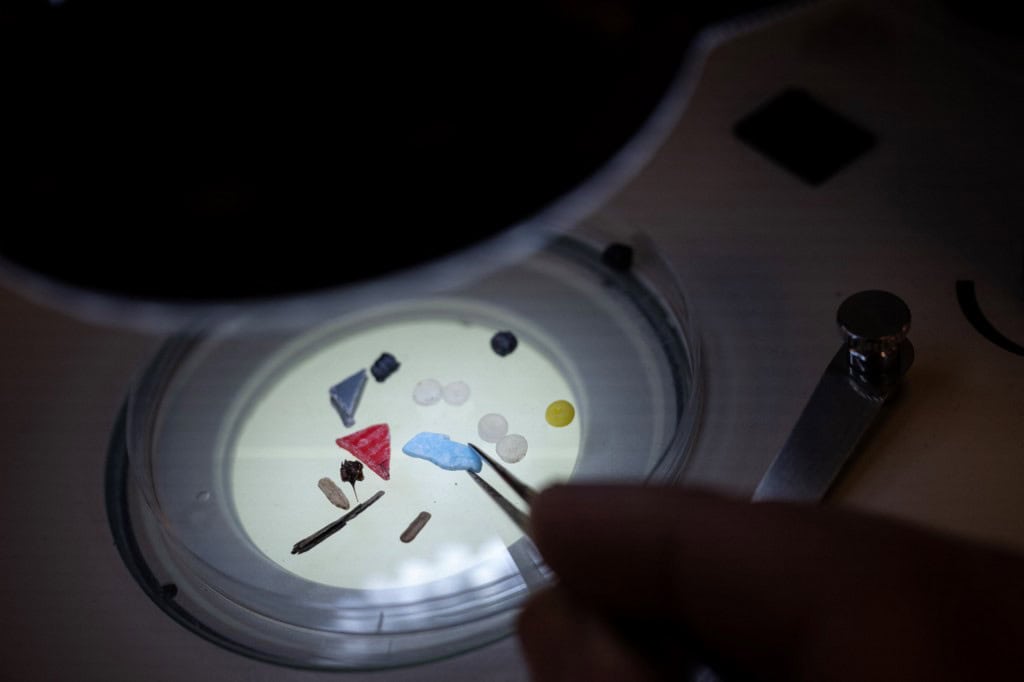Plastic pollution hits hard in Costa Rica, with tiny particles showing up everywhere from sandy shores to marine life. The Costa Rican Association of Chemists raised alarms this week about sky-high levels of microplastics on beaches, in coastal waters, and inside ocean creatures. Their alert draws from fresh research by the Center for Research in Marine Sciences and Limnology at the University of Costa Rica.
These small bits, often too tiny to spot without help, create serious problems for people’s health, the food supply, and natural systems. Researchers checked several sites and found microplastics in every single beach and water sample so far. That includes spots in the Gulf of Nicoya and Golfo Dulce, along both the Pacific and Caribbean coasts.
In Puntarenas, levels reached as high as 2,934 particles per square meter on the beach. To put that in perspective, a 2010 review of global oceans pegged the average at just 2.76 particles per square meter. Costa Rica’s figures tower over that old benchmark by more than a thousand times, showing how the problem has grown here.
Juan Guillermo Sagot, who leads the study, plans a second round to measure levels in more parts of the country, plus Central America and beyond. He wants solid comparisons to gauge where Costa Rica stands now.
Sagot explained that about 90% of the sand and water samples hold synthetic fibers. Common culprits include laundry from synthetic clothes, ditched fishing nets, and everyday throwaway items like bottles, bags, wrappers, and one-time utensils. These show up often in cleanups and lab tests alike.
These particles harm fish, turtles, mollusks, and birds, leading to injuries, sickness, or death. Worse yet, they slip into the food chain and end up on dinner plates. Sagot put it plainly: plastics flow into the sea from many paths, then circle back to us through what we eat. It goes beyond nature—it’s a direct hit to health.
Global reports back this up, with microplastics turning up in human blood, lungs, and even placentas. While scientists still sort out long-term harm, the buildup points to steady exposure day after day.
Costa Rica faces this as a homegrown issue too. Less than 5% of plastic waste gets recycled, so rivers like the Tárcoles dump huge loads into the ocean. That feeds the cycle, turning local trash into widespread trouble.
Sagot also flagged the hit to the economy. Tourism drives much of the nation’s income, but dirty beaches and damaged coasts could turn visitors away. Places once seen as pure and full of life now risk losing that draw for locals and travelers.
Other studies echo these concerns. For instance, checks on bivalves in the Gulf of Nicoya found microplastics inside six types of shellfish people eat. On the Caribbean side, beaches in Limón show similar patterns, with particles spread out over time and space.
Costa Rica ranks high among Latin American spots for plastic mess on Pacific shores, right up there with neighbors like El Salvador and Nicaragua. Recent cleanups tell the story: volunteers hauled hundreds of kilos from places like San Lucas Island and Corcovado National Park. Efforts like these remove visible junk, but microplastics linger unseen.
The government aims big, with a roadmap to cut plastic pollution close to zero by 2040. That push got a nod from global leaders on World Environment Day. Meanwhile, new rules target bottles and other items to boost reuse and recycling.
Sagot and his team call for action now. Simple steps like cutting single-use plastics, fixing fishing gear waste, and improving laundry habits can make a dent. Better recycling and river cleanup would help too.
As Costa Rica pushes its green image, this hidden threat tests that rep. Locals and officials know the fix starts at home, from households to industries. Keeping beaches clean means protecting health, jobs, and the sea life that makes this place special.

